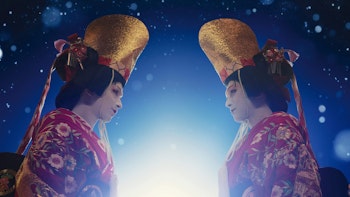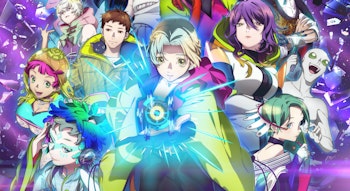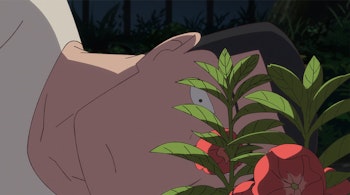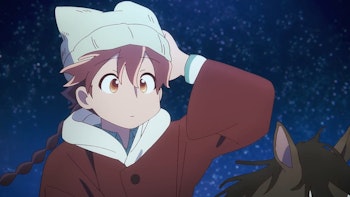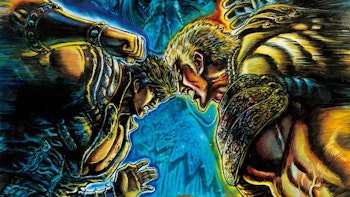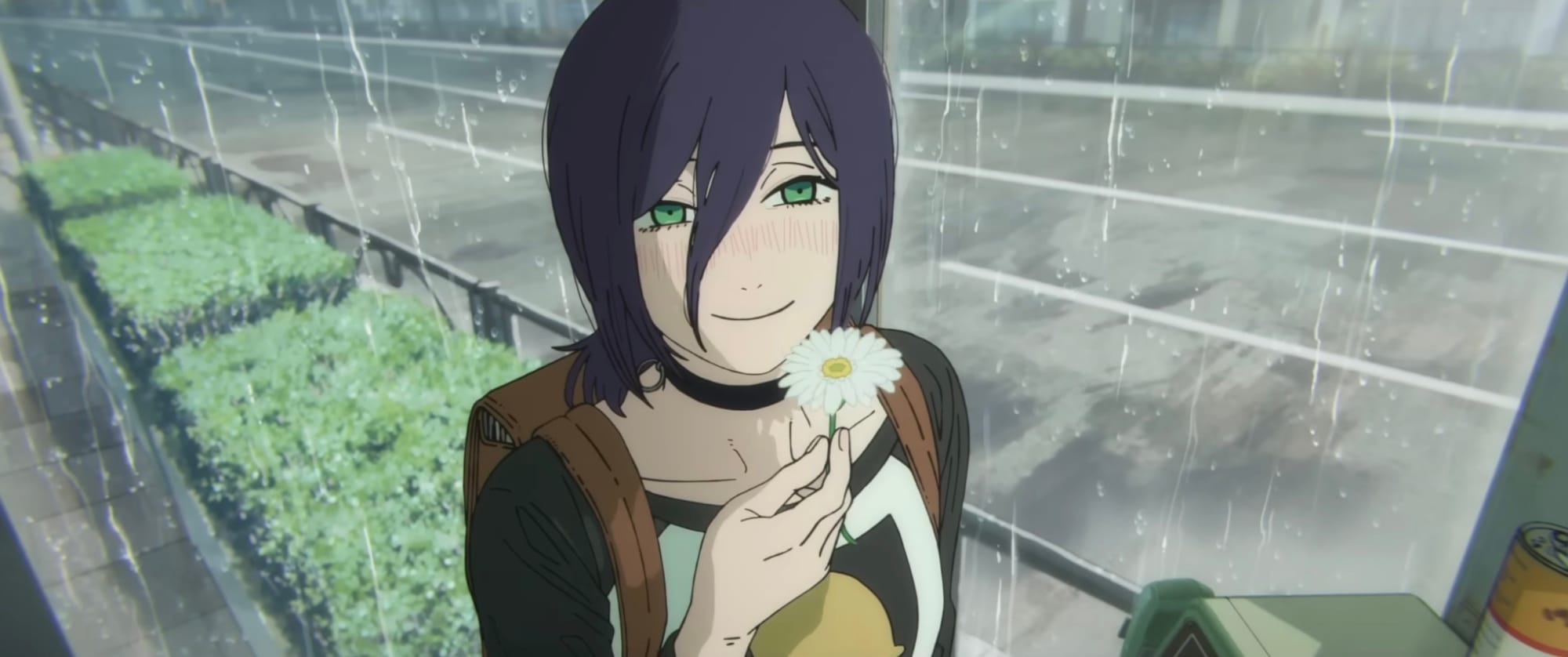
The Chainsaw Man anime didn’t receive quite the reception that many had expected upon its initial broadcast. That’s not to say the series wasn’t popular - in adapting one of Shonen Jump’s most successful mature series to the screen, Tatsuki Fujimoto’s compelling human psychological thriller wrapped in an action veneer intrigued audiences for being unlike anything else in the beloved manga’s pages. As an adaptation however, it opted to veer from an exact replication of this aesthetic for something more toned-down and cinematic, a choice that held the series back from its aggressive edge in the eyes of some and limited its reach.
The choice to make Chainsaw Man: Reze Arc, therefore, left the series at a crossroads. Considering the success of the manga, one that shot to the top of sales charts on the strength of its storytelling alone, the fact the anime had found an audience but failed to reach similar levels of success even as the mangaka’s profile continued to rise following the award-winning movie adaptation Look Back, was a cause for concern. How can you ensure the Chainsaw Man anime reaches its full potential?
The story of the series follows Denji, a destitute boy without even schooling, working for the yakuza to pay family debt by serving as a devil hunter. He’s almost killed after being betrayed, but makes a contract with his chainsaw-embodied dog companion Pochita to become the titular Chainsaw Man, killing the yakuza who tried to murder him. He joins a governmental force of devil hunters, but as a perpetually horny young teenager seeking normalcy and companionship, understanding desire while fighting against it and a need to survive.
It’s always been the characters at the heart of the series, and this is makes the Reze arc, the focus of this cinematic continuation of the franchise, one of the best storylines in the series to date. Continuing right where the first season ends, it starts with Denji enjoying a period of normalcy in his life when a chance encounter while sheltering in a phone box from the rain introduces him to a young girl named Reze. A little clumsy but cute, Denji inevitably becomes interested, but notably she reciprocates. She invites him to the cafe she works at, on a date, to their school. They get along, and it appears even romantic. But there’s more to her than a pretty face, and it’s the thing that will shatter the normalcy and intimacy they were sharing.
The arc was teased at the very end of the original anime broadcast, but its condensed nature and focus on this relationship and what it speaks to with Denji’s desire makes it a prime candidate for a cinematic adaptation. It’s also fair to say that the adaptation does a good job of bringing it to the screen. That being said, its over-correction to many of the criticisms lodged at the original anime do somewhat dampen the satisfaction at seeing the story of one of the series’ better characters come to life.

Until the latter moments of the film, the greatest asset of Chainsaw Man: Reze Arc is how constrained it is. The human heart of the series has always been better than its action, and that’s placed front and center in this film for much of its runtime. When Denji wakes up after a fun time with his companions, he realizes he may have found a state of, while not happiness and freedom, contentment in his current place. These opening moments do a great job of showcasing in minimal time just how much Denji has grown while allowing even a newcomer to the series to get a sense of who everyone is, even if parts of the story will inevitably still be lost on them.
The normalcy he has found despite the devil hunter lifestyle is what he craves, and its against this backdrop he meets Reze. Their dates, contrasted to the one he has with Makima moments earlier, emphasizes this. The two just seem like a great fit, and the natural evolution of their connection feels like a distinct break from the hustle and bustle of the rest of Denji’s life and the story.
These moments remind me of Look Back, where the bond through creating manga formed between its two protagonists is so real that it feels like a window into a life more than a story. The reason I choose this Fujimoto-produced story to compare it against is that comparing the adaptation of that one shot to the big screen to this film exposes where the problems with Reze Arc really lie.
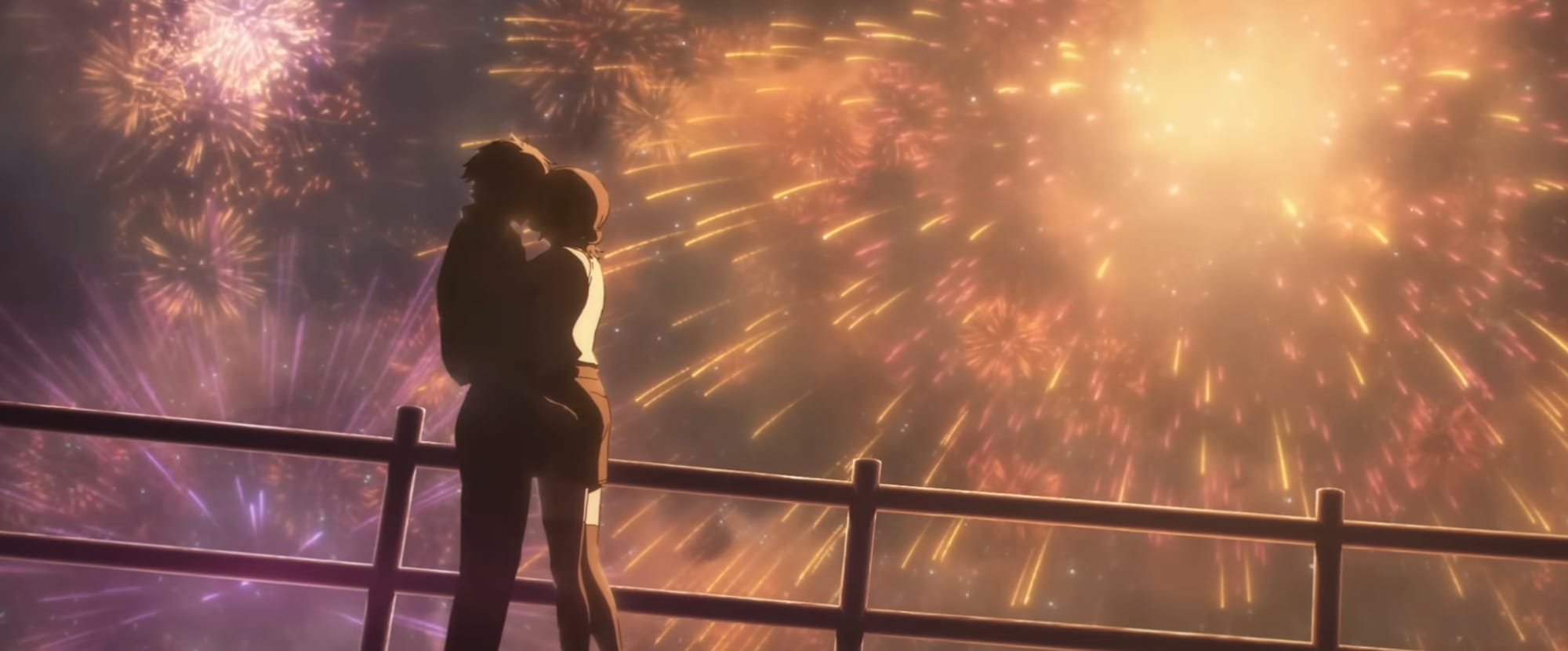
Fujimoto is a superb storyteller, but telling a story within the static pages of a manga is a distinct process to what it takes to bring a world to life in the ever-moving world of animation. With a broader canvas, less abstraction and even the shift from weekly chapter drops versus an episodic or, in this case, cinematic release approach, coupled with the expectation of movement and the addition of sound and voice within anime, requires a new approach. Refusing to adapt the storytelling approach between the two mediums will never result in an equally-effective end product.
Whereas Look Back understood what made that story so effective, embracing those quirks within the medium of animation to allow for sweeping shots, new scenes, expressive animation styles and artistic liberties in visual and structural approach that enhanced the core message, Reze falls flat. Indeed, in overcorrecting the less-successful creative liberties taken by the TV series in changing its tone and visual look to embrace the assets of a new medium, the Reze Arc feels less like an anime produced with creativity and heart and more like a motion comic.
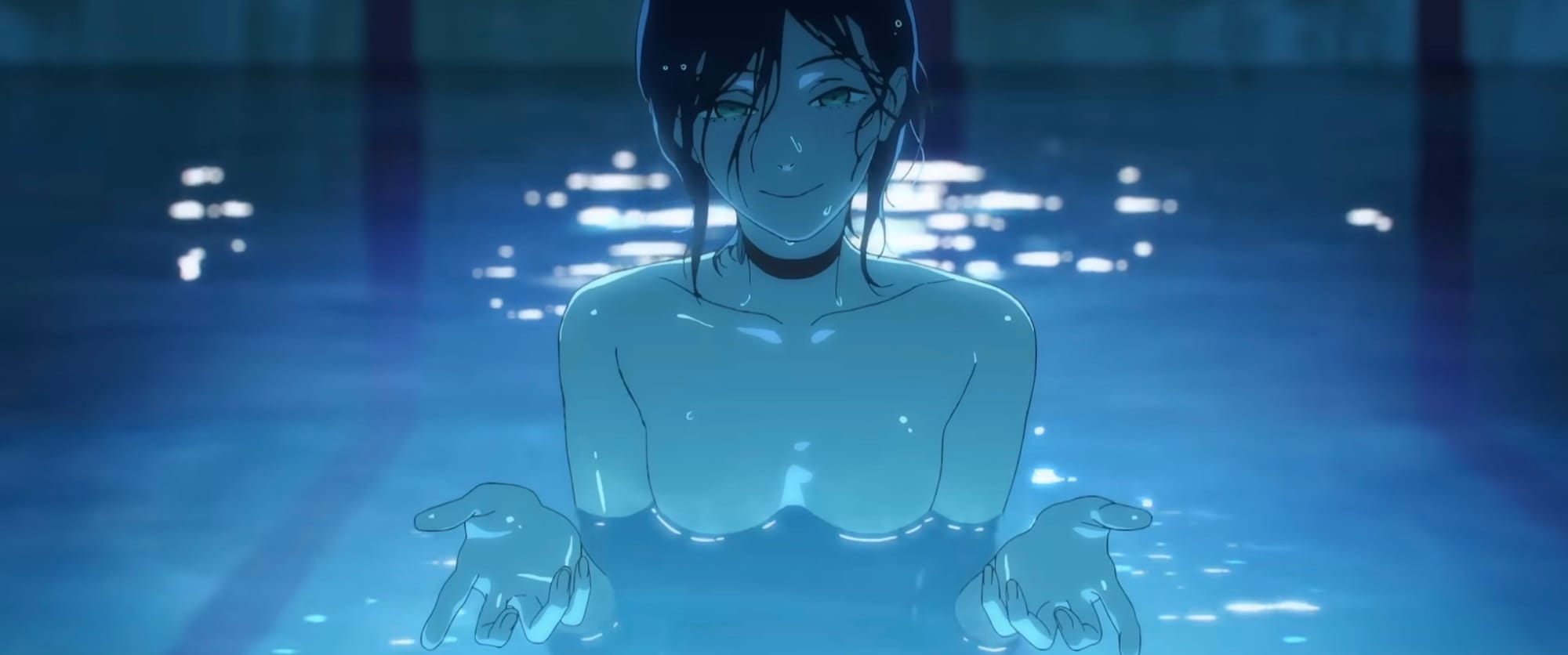
Sure, the Chainsaw Man: Reze Arc film you can see in cinemas is an entertaining film. The original arc is good, so of course that initial writing is still good. But every scene looks like someone colored in the original manga panels rather than transforming them to take advantage of this grand new stage. When the twist of the film reveals itself, the shock of the moment was far more effective in the manga because Fujimoto’s understanding of the medium suited the way he chose to reveal this progression to his audience. Comparatively, the reveal is more stiff and lacking the same punch in the film, as rather than analyzing and embodying the emotions of that scene and distilling that into one framed to take advantage of its new animated form, it’s replicated on a near-1:1 basis.
At that point, if you’re unwilling to take advantage of the potential ways you can embody the impact of a story within animation while making the jump, why even adapt the story in the first place? You’re left with an imitation that lacks the creative touch and heart. Without belaboring the comparisons to another of Fujimoto’s work, as Ayumu Fujino runs through the rain in joy from the impact her manga can have, the way that scene is enhanced by the creative choices of the team make it unforgettable. Nothing even comes close here, and even its action sequences, the things you’d expect would benefit most from being made into animation, feel similarly flat as a result.
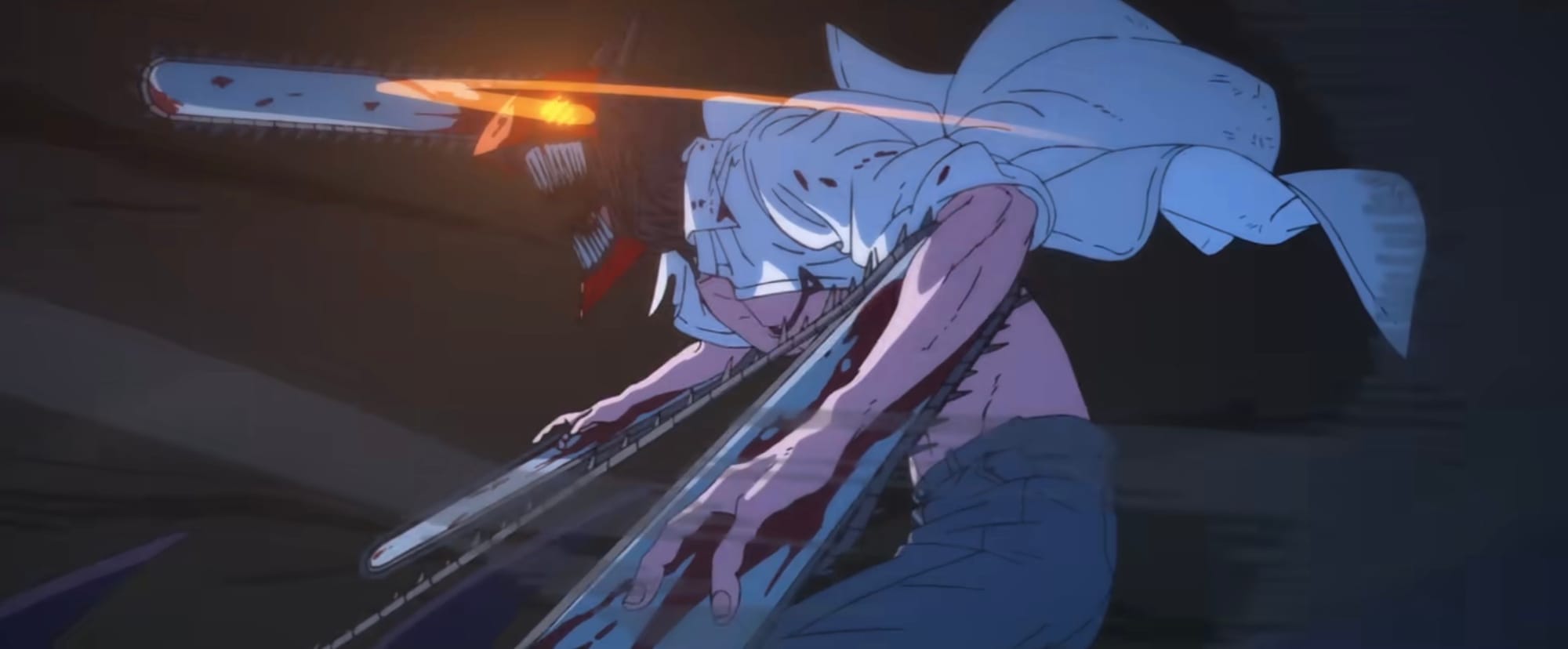
As I said, Chainsaw Man: Reze Arc is a good film, but more in spite of itself rather than because of it. Strong initial writing saves a film unwilling to take risk, challenge its audience and take creative liberties to embody the intent of the story in a new medium. It’s far from the only adaptation to suffer from this issue of late, but having initially at least tried, even if it wasn’t entirely successful, at following these ideals, it’s somewhat more egregious. The TV series was far from perfect and wasn’t entirely successful, but that’s the risk when making art, and the conversation of how and why it made the choices it did has continued ever since and led its audience to more deeply consider why Chainsaw Man is told the way it is. That won’t happen here, and for all I enjoyed the experience nonetheless, I’ll probably think about it far less.





